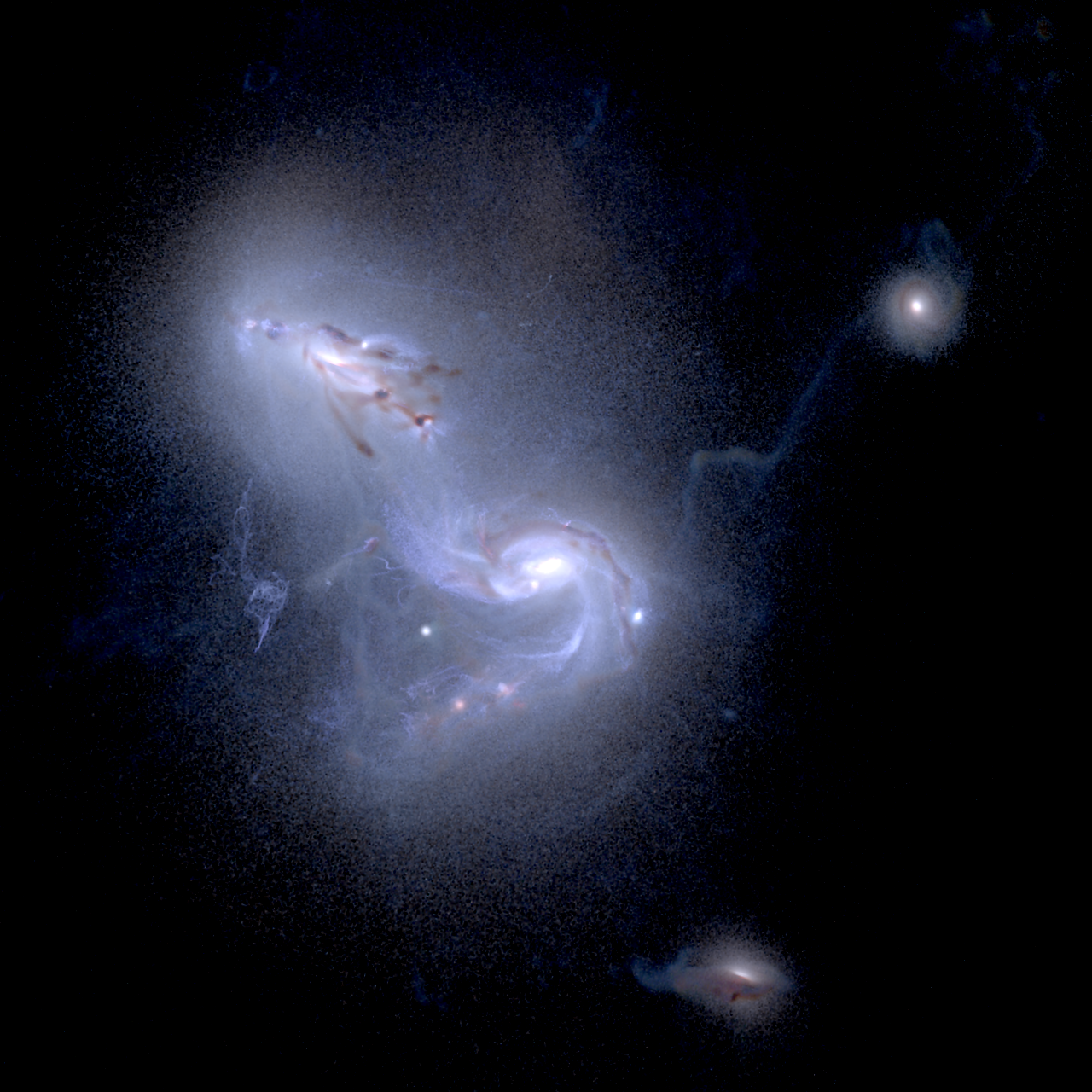
How do galaxies evolve into the starry spirals famously seen by NASA’s Hubble Space Telescope and others?
Researchers sought answers about the faint stars and gases surrounding galaxies like our own. Using the Pleiades supercomputer at the NASA Advanced Supercomputing facility at the agency’s Ames Research Center in California’s Silicon Valley and data from Hubble, they simulated a Milky Way-like galaxy in the early stages of a collision with another smaller galaxy.
The visualization revealed a detailed “fossil record” of information about the simulated galaxy’s history. Basically, when we gaze at the halo of stars and luminous clouds of interstellar dust surrounding a galaxy’s milky multitude, we’re seeing remnants of smaller, neighboring galaxies that were shredded by galactic mergers.
These cosmic crashes throw many faint stars into enormous wide orbits, ultimately landing them out in the galaxies’ far-flung fringes. Researchers also found the outlier stars sometimes form streams that wrap around a larger galaxy and last billions of years.
The data from these simulations is now helping scientists make predictions about how to detect and trace the histories of stellar streams to figure out what they can tell us about the galaxies that made them, including the streams around our own Milky Way. For example, NASA’s upcoming James Webb and Nancy Grace Roman space telescopes are expected to give us a detailed look at the stellar halos of dozens of nearby galaxies for the first time.
NASA is showcasing 39 of the agency’s science, engineering, and technology achievements, including these simulations, at SC21, the international supercomputing conference, Nov. 14-19, 2021, in St. Louis.
For more technical information, visit: https://www.nas.nasa.gov/sc21



























